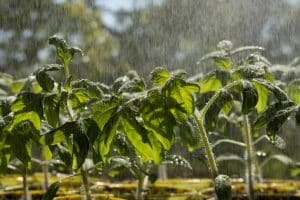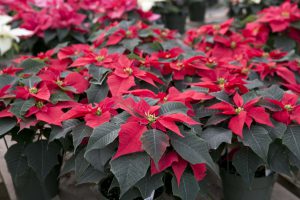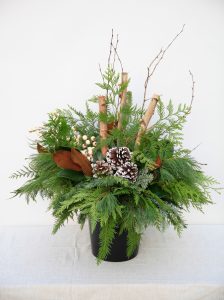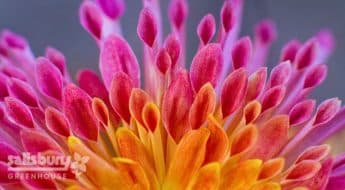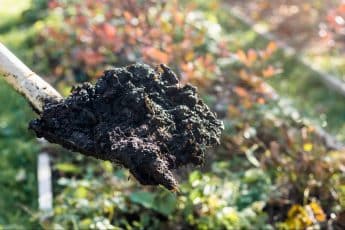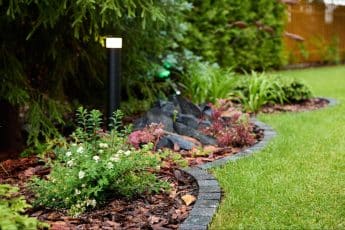Hydrangeas 101
by Rob Sproule
Adored in gardens for their immense, vibrant flowers, hydrangea are one of Canada’s favourite shrubs. The world’s most “googled” plant, they are as mysterious as they are adored, with persistent questions swirling around their chameleon-like colour changing, pruning needs, and hardiness.
Of the 70 ish species of hydrangea in the world, most hail from East Asia where entire volcanic hillsides erupt in intense blue. While hardy species can be had in the spring, the pots filling shelves in March aren’t Alberta hardy. Bred to be as compact and free-blooming as possible, they’re a colourful but fleeting foreshadow of the spring ahead.
Care and Pruning
The potted varieties available around Easter, their giant globed flowers spilling out of their pots, won’t survive our winters. Their value is as a reminder of the inevitability of the warmer weather, rather than garden performance. I often call them “medicinal.”
Put them in a well lit room and make sure to keep them watered, especially if the plants seem proportionately too big for their pot. Many keeners try their luck by planting them in May and some, having found a very sheltered spot and who are willing to baby them in the fall, succeed in overwintering them. Given that they’re cheating by about 3 zones, I take my hat off to them!
Basic care for the hardy types is fairly straight forward; it’s the pruning that stumps people. Let’s cover the basics first.
Ideally, choose a spot with some afternoon sun protection, even a dappling of shade will do. While they thrive in Vancouver’s full sun, humidity tempers that heat. As we know all too well, we’re a dry climate and our mid-summer sun gets as intense as the Sahara.
Full sun or not, keep the soil moist but not wet, especially during heat waves. Add a few inches of organic mulch to slow evaporation.
Try to protect them from our desiccating dry winds. Having a few trees around will do help a lot. When watering, try to avoid slashing muddy water on the foliage, especially in cool weather (mulch helps with that, too). They’re prone to leaf fungus which, albeit usually harmless, is unsightly.
Try to plant them during cool weather; spring or fall is best. If it’s hot, be sure to keep their tender roots moist and add plenty of yummy rich compost for a good start.
Every year, legions of well-intentioned gardeners find that their hydrangea produces a lovely summer bouquet of… leaves. This is usually due to pruning.
Many species, including the prima-Donna-esque H. macrophylla (“Endless Summer”) set buds in the late summer before they bloom, so they only bloom on old wood. To prevent loping off buds during fall pruning, prune spent flowers, affectionately called “mop heads”, as soon as possible. Clip just below the flower head. If it needs major, remedial pruning, try to clip the oldest, mot unhealthy stems possible close to the ground in the fall, leaving as much new growth as possible.
Luckily, H. macrophylla tends to have a compact habit that rarely needs pruning. More gangly types, like H. arborescans (“Annabelle”) need regular pruning but bloom on new wood, so you don’t need to worry about clipping buds off.
What Makes them Blue
Vibrant pink and rich sky blue are the classic colours we’e come to expect,and one of the most common question I get is what sparks the colour change. The answer is, like most of nature’s magic, chemistry.
In my greenhouse, we treat half of our young hydrangeas with water soluble aluminum sulphate, which is very acidic. As the soil’s pH shifts to acidic, the flowers turn blue, just as they would in acidic soils in the wild. Likewise, alkaline grown plants will bloom pink.
If you’re a garden tinkerer, or just want more blue in your life, purchase some aluminum sulphate and add is to the soil around your hydrangeas. It’s one of the world’s few plant that will actually change colour, although it only works between pink and blue (sorry, you can’t turn your white flowers blue).
Changing your flower colour is much easier done in container than the shrub bed. It’s also much easier to switch pink to blue than the other way around.


